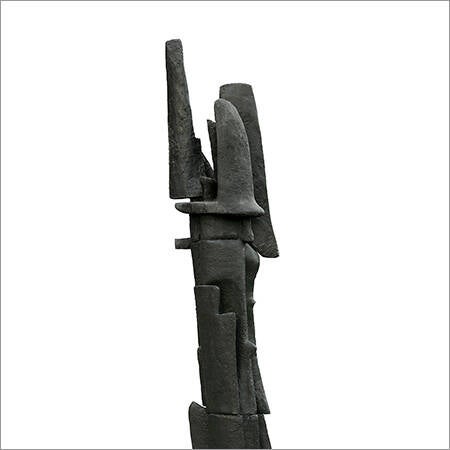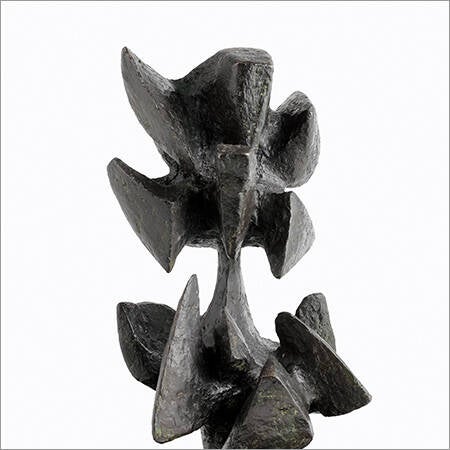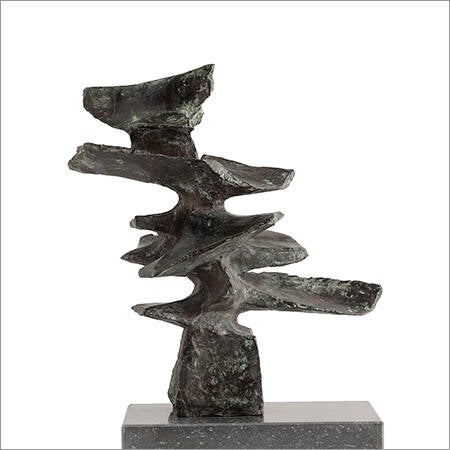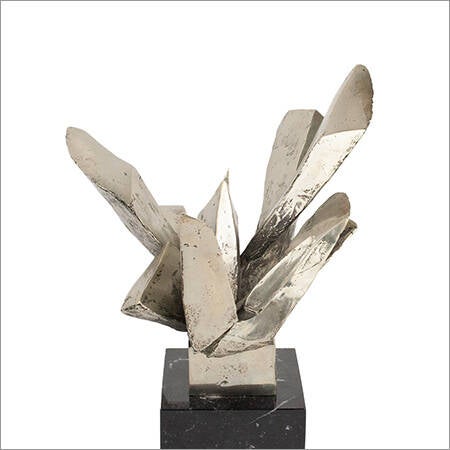Alicia Penalba Sculptures
Alicia Penalba bronze sculptures conceived between 1952 and 1982. For more information about available sculptures, or to register your Alicia Penalba sculpture(s) in our archive, please contact us, info@alicia-penalba.com
Talented sculptress
Alicia Penalba arrived in Paris in 1949 where she briefly apprenticed with Ossip Zadkine (1888-1967). She soon developed her own style and broke with all her past work, Penalba destroyed much of her early work. In fact, she starts her new style and way of working in 1952 with the sculpture 'Jungle passion', a closed floral style where one can already see the power of how her work will blossom. The largest version of this sculpture is made of granite. In total she creates 3 versions, in different dimensions, of this sculpture.
The early works of Alicia Penalba
In the early sculptures of Penalba in the early 1950s, one mainly sees the floral forms in the landscape in the Province of Buenos Aires where she was born and raised, for example the cacti and rock formations. The Totem series is a good example of this form language. High-rising sculptures still with a closed structure. Made in plaster and then cast in bronze usually in an edition of 6.
An artist who matures
Towards the end of the 1950s, the forms become more open and more poetic and lyrical, an example of this type of sculpture is 'Grande étincelle', a monumental sculpture with a stone base sculpted by the artist. The title of this work 'Great Flame' also reflects Alicia Penalba's passion for sculpting. In addition to the large version of the 'Flame', she has made two smaller versions of this work, often with a base of deep black 'Noir de Mazy' stone, Penalba's favorite stone.
Winged Objects
In the 1970s, her images become even more lyrical and increasingly balanced. A fine example is the sculpture 'Rumeur d'ailes' from 1974, cast in an edition of 8. Alicia Penalba's work is becoming increasingly popular and she is therefore receiving more and more commissions for large sculptures in public space. The largest statue is 'The Great Double' and is over 8 meters high, cast in bronze in an edition of 2 and located in Milwaukee, USA and the Fondation Pierre Gianadda in Martigny, Switzerland. In this period, she creates fewer smaller sculptures because she is mainly occupied with commissions, sculptures from this period are therefore rarer. In the 1960s and 1970s Alicia Penalba sometimes gives bronze sculptures a highly polished patina, which gives an even stronger poetic effect, a fine example is 'Viento' (Wind) from 1970 and 'Scherzando' from 1974.















































